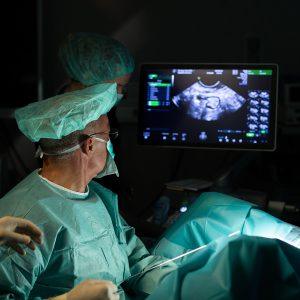Published in Donald School Journal of Ultrasound in Obstetrics and Gynecology
Abstract
New biotechnology procedures have been introduced to the field of reproductive and perinatal medicine to find solutions for the successful reproduction, as well as disturbances responsible for maternal and perinatal morbidity. Ultrasound plays a crucial role in the early detection of reproductive disorders and perinatal medicine, where biological therapies can be possibly applied. Besides, these techniques require precise monitoring of the application of the biological agent, for which ultrasound is a sovereign method. The use of autologous sources, such as platelet-rich plasma and bone marrow-derived stem cells, provides a wide range of therapeutic strategies for gonadal failure and endometrium therapy. Stem cells from amniotic fluid could be used as the sources for direct fetal treatment in different fetal disorders (neurological disorders,
the intrauterine growth restriction). Maternal complications, such as premature rupture of the amniotic sac and disturbed placental adherence, are being successfully treated with the use of biological autologous fibrin tissue adhesives. Postpartum complications related to the change of the pelvic floor could be prevented by the peripartal local application of growth factors and/or stem cells. Subcellular therapies, as microvesicles/exosomes are membrane-bound biological nanoparticles secreted from stem cells. These particles are variable source that could act as another source of factors that could affect molecular cascades, emerging as a new diagnostic and therapeutic tool in reproductive and perinatal medicine.






